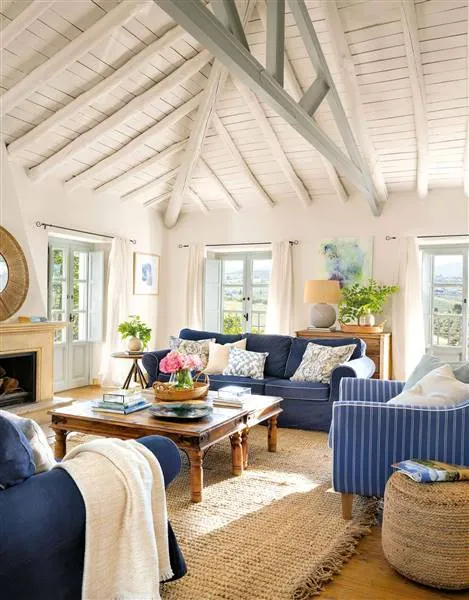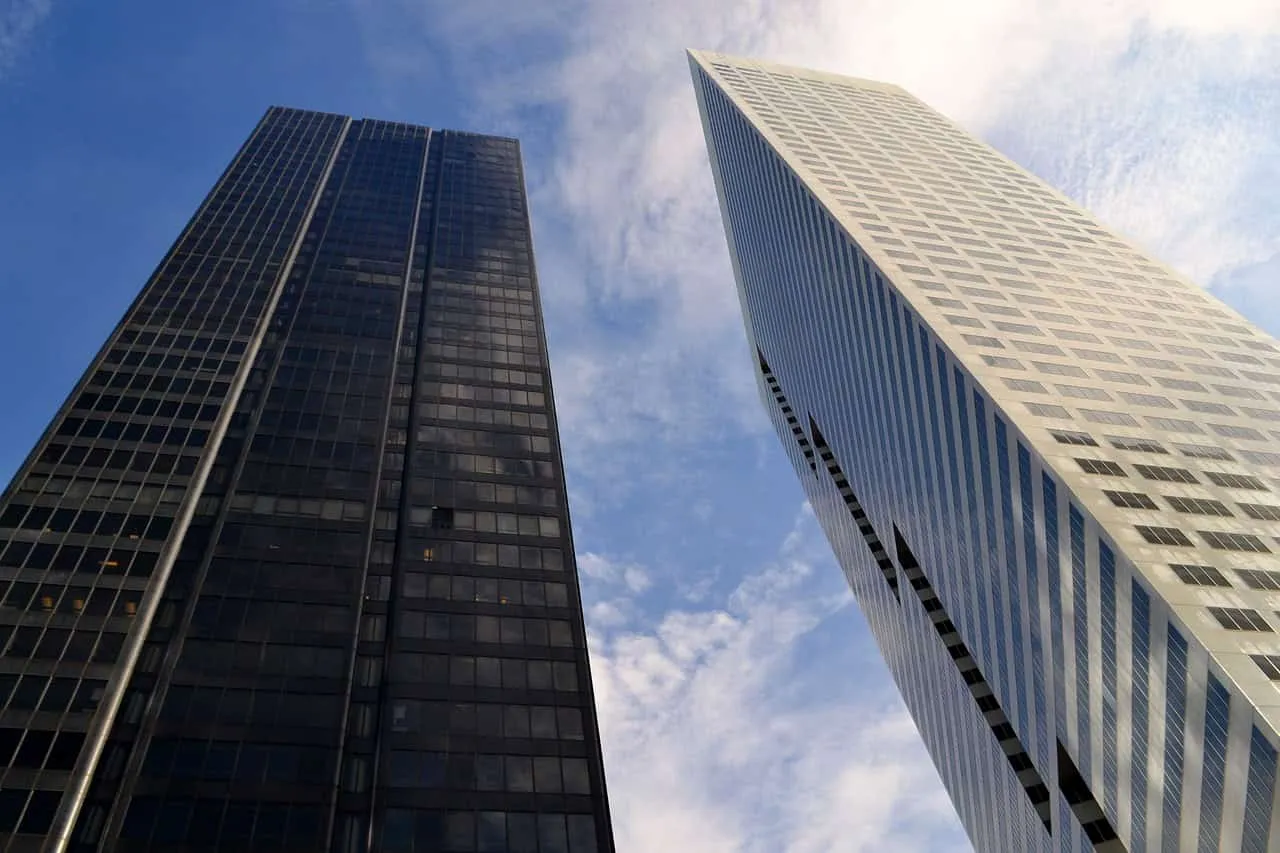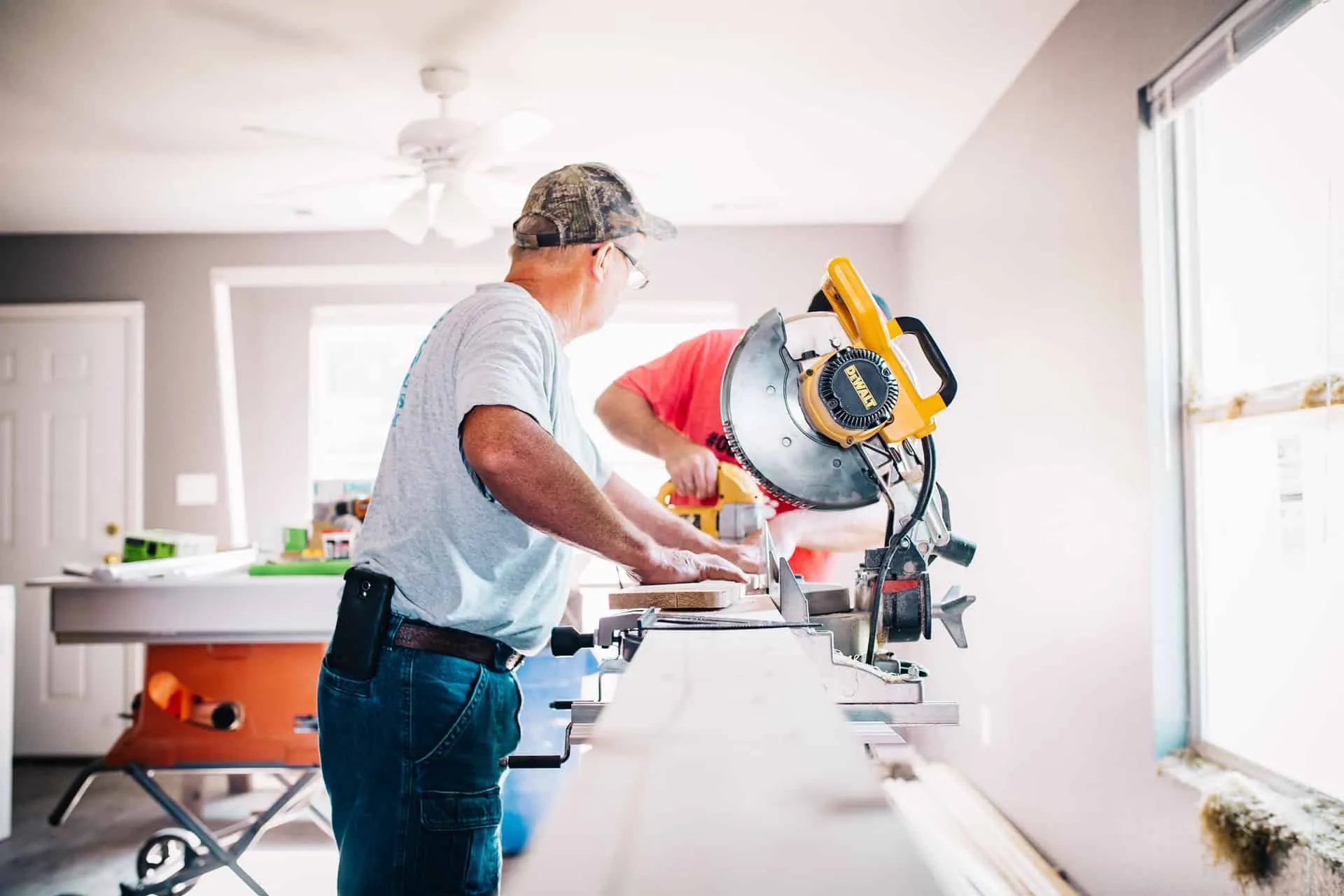There can be your advertisement
300x150
7 Types of Intelligent Surfaces for Your Next Construction Project
Traditional construction materials are simply materials or elements that are part of a building project and used for various purposes, from walls and floors to beams, supports and ceilings. Even hardware, fasteners and small materials such as glue, nails or finishing coatings fall into the same categories. But mainly their function ends right here. They form the final project and hopefully remain for years to come.
Looking ahead, more attention is being paid to sustainable and intelligent buildings. One of the key aspects of such buildings is the use of intelligent surfaces created using smart materials that can adapt to changing conditions and improve overall building functionality and efficiency. Considering environmental concerns and eco-friendly practices, we now collectively strive for smarter and better materials. Of course, there are more reasons but the true goal is materials capable of providing additional advantages. And when used properly, they create intelligent surfaces for smarter buildings as a whole.

What Are Intelligent Surfaces?
Intelligent surfaces are surfaces that can respond to their environment. This may include things such as shape or color change, or response to temperature, light or humidity changes. Some intelligent surfaces can even generate energy or purify air.
Think of self-cleaning concrete that recovers over time, or piezoelectric materials that can generate an electric field in response to mechanical forces. Even solar panels consist of smart materials allowing them to generate energy from ultraviolet rays of sunlight. It doesn't have to be complicated, intelligent surfaces can be simple coatings on the top level, for example, on a roof to reduce heat absorption and lower air conditioning costs.
Knowing this, here are some classifications of intelligent surfaces that you can use in your next construction project:
1. Self-Cleaning
Providing incredible convenience for both residents and tenants, self-cleaning surfaces can repel dirt and dust while keeping them clean with minimal maintenance. This can be achieved through the use of special coatings or materials that resist dirt and other contaminants adhesion. Although this technology is relatively new, we are beginning to see its increasing application in modern projects, particularly in smart windows and exterior materials for wall or roof protection.
While it's somewhat related, hydrophobic coatings are another good example that helps keep moisture and similar liquid contaminants away from materials or surfaces. Common applications of this technology can be found in modern smartphones to provide a higher level of water resistance. Commercially, the technology can also be used to repel large amounts of moisture from rain or water accumulation on surfaces or around real estate properties.
2. Universal
Not necessarily standout in individual benefits, universal intelligent surfaces are designed to improve the overall project. They often adapt to scale and task specifications. A good example is building a playground or children's area. Choosing surfaces for floor coverage is quite a controversial process. You want them to be supportive but not too hard, causing harm, so concrete, paving stones and other stone materials are mostly excluded. You also don't want them to be too slippery, abrasive or even heat up during the day – as happens with asphalt under bright sun.
The best options for a playground are homogeneous surface materials that provide more fixed floor coverage and can be poured in place. Rubber mulch tiles, rubber mats, granules and engineered wood fiber – all good options to consider. It's important to understand that an intelligent surface is chosen based on a specific task and creates a surface suitable for primary users or residents – in this case, children playing on the playground.
3. Thermochromic
A strange name, certainly, but thermochromic surfaces change color in response to temperature changes. For example, a thermochromic window can become darker to reduce the amount of sunlight entering a room on a hot day, then return to lighter when temperature drops.
The same result can be achieved with certain types of paint or finish coatings to maintain comfort in the home during hot days, thereby reducing the need for air conditioning and lowering costs. This also has an additional environmental advantage by reducing energy consumption – when climate control systems are used less, electricity usage decreases.
4. Electrochromic
Considered a deviation by some, electrochromic surfaces are similar to thermochromic and can also change color in response to an electric current. This can be used to regulate the amount of light entering a room or create privacy by making windows opaque when activated with a weak electric current.
Also known as "smart glass", electrochromic materials can be applied in many ways – from windows and smart displays to more efficient wearable devices such as sunglasses. This technology has broad prospects for large buildings with a lot of glass, like skyscrapers. But it can also be used to enhance indoor comfort and provide a degree of privacy in various situations, such as making glass or materials around a cabin opaque.
5. Energy-Generating
Returning to sustainability and efficiency, both of which are critical in reducing climate change, another type of intelligent surface studied in construction is one that naturally generates energy. These surfaces can generate electricity from sources such as sunlight or vibrations. For example, some smart tiles can convert kinetic energy from footsteps into electricity.
It sounds insane or fantastical, but this technology exists. South Korean engineers have created a cement-based composite that can generate and store electricity. Similarly, components from brick and plaster, wood and other natural materials have shown potential in helping generate energy.
6. Air-Filtering
A common problem in indoor spaces is poor air quality and pollution that can accumulate inside over time. This requires installing air cleaners or other systems capable of filtering and purifying pollutants. Did you know that some materials can remove contaminants from the air, just as others may do the opposite – asbestos being a dangerous example.
Created as intelligent filtering surfaces, this can include furniture, carpets or even walls with special coatings that can absorb and break down pollutants. The surface filters harmful toxins, odors and contaminants while leaving the rest of the space fresh.
7. Self-Healing
Self-healing materials are quite obvious from their name, one of the more notable forms being self-healing concrete. Over time, under influence of environmental conditions, ground movements, temperature changes and other factors, materials can deteriorate or weaken. This may be in the form of cracks or weakened joints.
Self-healing materials often contain other elements that can help restore damage, such as limestone in concrete – which ancient Romans used centuries ago. Besides concrete, other self-healing materials can include steel, structural polymers, biological systems and more. They allow structures and properties to remain resilient indefinitely with minimal maintenance or repair.
Creating a Smarter Future
In general, using intelligent surfaces in future construction projects has the potential to significantly increase building efficiency and functionality while reducing environmental impact. Integrating these surfaces into building design, architects and builders can create structures that are more sustainable, intelligent and adaptable to changing conditions.
They can also be used to gain additional benefits from real estate and structures that typically do not offer such possibilities. Some examples include natural energy generation, self-healing properties, air quality support and filtration, and so forth. Creating a smarter future begins with materials that then enhance or modify the surfaces we encounter everywhere – whether it's ceilings, walls, floors or otherwise.
More articles:
 6 Steps to Designing Your Dream Home
6 Steps to Designing Your Dream Home 6 Summer Living Rooms That Will Be Remembered
6 Summer Living Rooms That Will Be Remembered 6 Things to Consider When Choosing Commercial Property Insurance
6 Things to Consider When Choosing Commercial Property Insurance 6 Things You Need If You Want to Make Your Own Furniture
6 Things You Need If You Want to Make Your Own Furniture 6 Tips for Safe Waste Disposal After Cleaning
6 Tips for Safe Waste Disposal After Cleaning 6 Tips for Creating a Functional Office
6 Tips for Creating a Functional Office 6 Tips for Creating and Maintaining Abundance in Your Home Garden
6 Tips for Creating and Maintaining Abundance in Your Home Garden 6 Tips for Creating a Cozy Outdoor Space
6 Tips for Creating a Cozy Outdoor Space